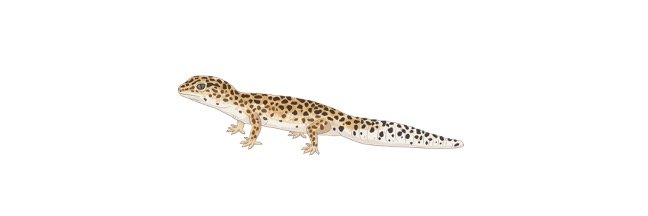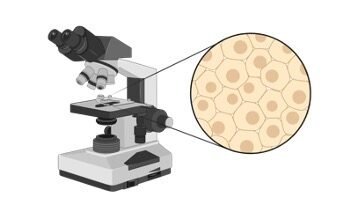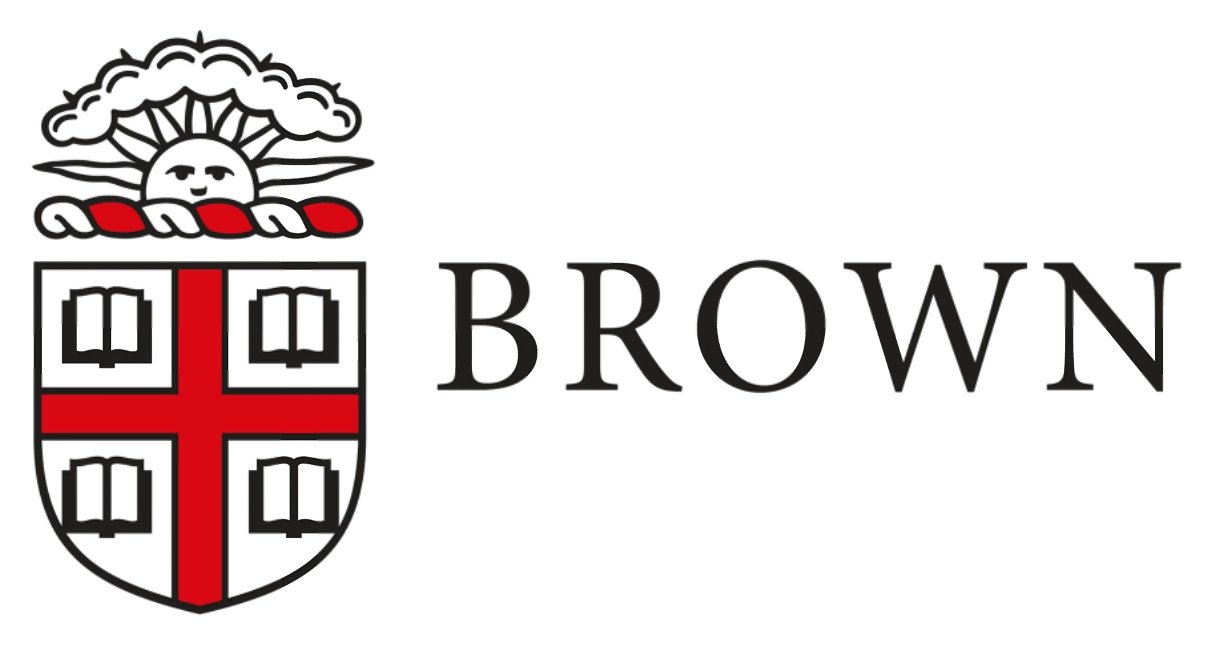Table of Contents
Harbor Seal
Harbor Seal is a solitary carnivorous mammal, belongs to the genus Phoco and order Carnivora. These marine organisms have a life span of 25-30 years and weigh up to 140 kg.
They occur at a wide range of temperate coastal regions spanning along the east and west coast of North America and the west coast of Europe.
Harbor Seal Features
Harbor seal can measure up to 5-6 feet in terms of length. They lack pinnae or external ears and have a round large head. They have characteristic V-shaped nostrils that are surrounded by whiskers and have smooth skin that depending on the species may be spotted or mottled or may be grey or white in color.
Their flat long flippers along with the hindlimbs endorse them with swimming abilities. They are not able to move very well onshore and do not wander far from the water’s edge.
Harbor Seal Habitat
These species of pinniped are widely distributed along the temperate coastal regions. They are distributed along both arctic and temperate coastal regions of the Northern Hemisphere.
This includes the part of the northern Atlantic and the east coast of North America. In these coastal habitats, they dwell within the shallow waters of lagoons, estuaries and marinas. They may haul out of waters often to nurse their offspring or to rest.
They form social groupa that are loosely formed for purpose of defense but otherwise these animals are solitary.
Harbor Seal's Prey and Predators
These marine carnivorous prey on fishes and smaller invertebrate species mostly. When hunting they can travel up to 30m and may even reach freshwaters searching for frrding grounds or prey like salmon. They also dive deep into the waters at a depth of over 1,500 ft to look for prey.
Some of their preferred prey include anchovy, shad, mackerel, cod, herring, sea bass etc. In absence of fish they may also hunt for invertebrates like mollusks like giant Pacific octopus and crabs.
They have many predators in the marine sea include orcas, shark, sea lions. They are hunted in the waters by orcas but they may also snatch pups on shores. Sharks also feed on pups, some sharks also prey on adult seals like Great White Shark.
Great White Shark jumps high and breeches the surface in search of seals. Sea lions also prey on small seals. Other predators that pose threats for them include wolves, bears, coyotes, and eagles that specifically target pups.
Harbor seals often form groups in familiar haul out sites to evade predation from them. They have also been poached by humans for their pelts and blubber. Now, their hunting is illegal in almost all of its habitats.
Harbor Seal Reproduction
The gestation period in harbour seals lasts 9 months after which they give birth to a single pup that weigh 35 pounds and are born largely on land. Within a few hours of birth these pups can dive and swim.
Females wean and take of the pups alone for 4-6 weeks. Captive seals may live longer than their average life span.
Harbor Seal Conservation Status
Their global population is estimated to be around 350,000 to 500,000 individuals. In threathened habitats some particular subspecies count are low. They are listed under the category ‘Least concern’ on IUCN Red List.
Fun Facts about the Harbor Seal!
Harbor Seal are ubiquitous in their habitats and are observed by humans for their playful nature. They are included in large aquaria due to their nature and are fascinating creatures.
Fat is a Friend: The body heat quickly dissipates as they spend a lot of time in cold waters. In harbour seals as an adaptation they have evolved thick layers of sub-cutaneous fat that serve dual purpose to provide insulation as well as to provide a quick source of energy when there is scarce food availability.
They have higher resting metabolism rate that is 1.7-2.2 times higher than other mammals. To build and maintain this insulation fat energy reserve layer they need to ingest high calorie intake preys.
Holding its Breath: It has evolved various adaptations besides the fat layer that helps in their survival in marine waters. They have webbed flippers that help them to swim efficiently and at a quicker pace.
They can dive up to an extraordinary depth of up to 1,500 feet that is amazing for an air breathing mammal. They like other marine mammals keep their lungs filled to full capacity before diving and underwater they stop breathing.
Their low heart rate helps them to conserve oxygen and this reduces the formation of lactic acid in their muscles. Their narrow nostrils also remain closed during the time they dive, that is also an adaptation.
Same Same but Different: They are monomorphic and different subspecies differ in respect to their skin color. Based on their coat color they may be light phase or dark phase. Light phase seals have yellow-cream coat that are covered in black spots. While dark phase seals have black coat with light rings.
The existing different colour patterns can be a result of differing depositions of melanocytes in their epidermis primarily due to their different diets.
Harbor Seal Citations
- Mechanical properties of harbor seal skin and blubber – a test of anisotropy. Zoology (Jena) . 2018 Feb;126:137-144.
- Trophic ecology of Mexican Pacific harbor seal colonies using carbon and nitrogen stable isotopes. PLoS One . 2020 Jan 22;15(1):e0225889.
- Spontaneous rhythms in a harbor seal pup calls. BMC Res Notes . 2018 Jan 3;11(1):3.
- The Pacific harbor seal gut microbiota in Mexico: Its relationship with diet and functional inferences. PLoS One . 2019 Aug 29;14(8):e0221770.
Share












